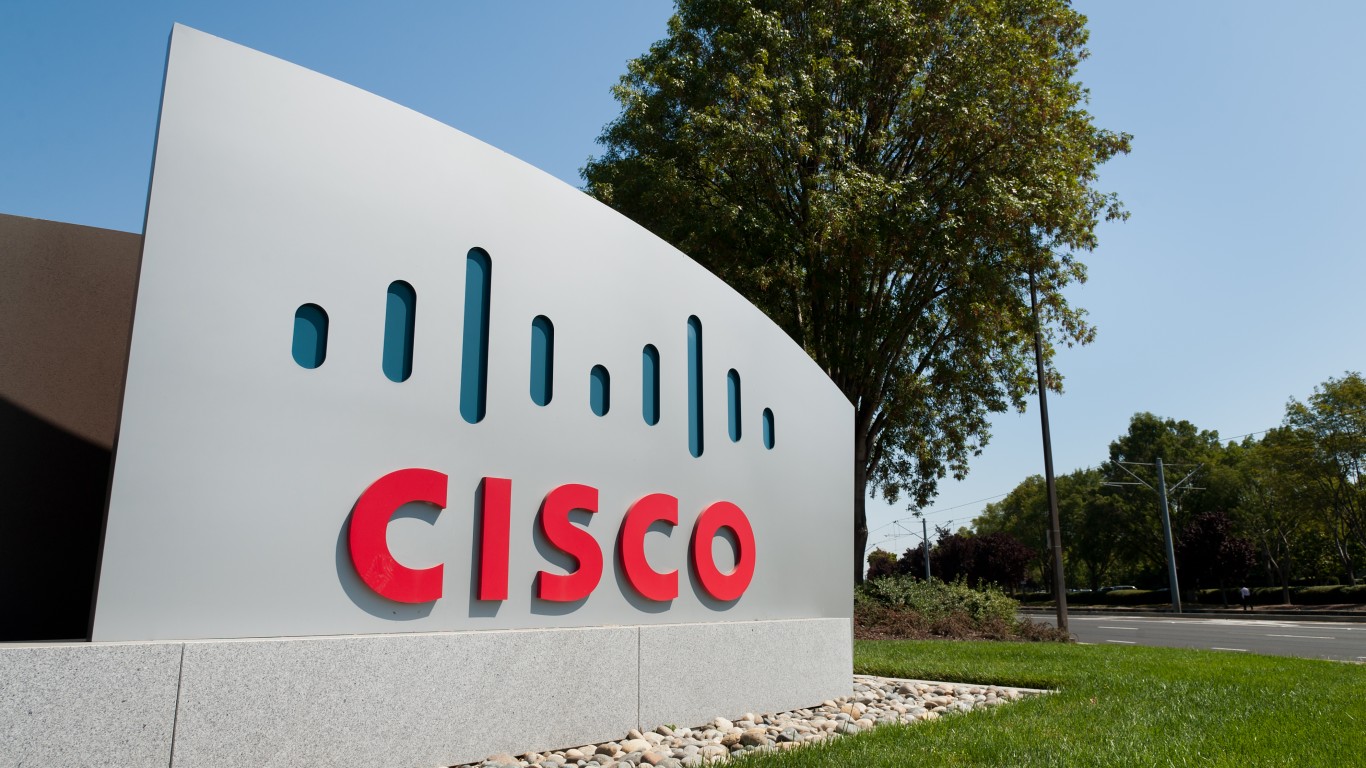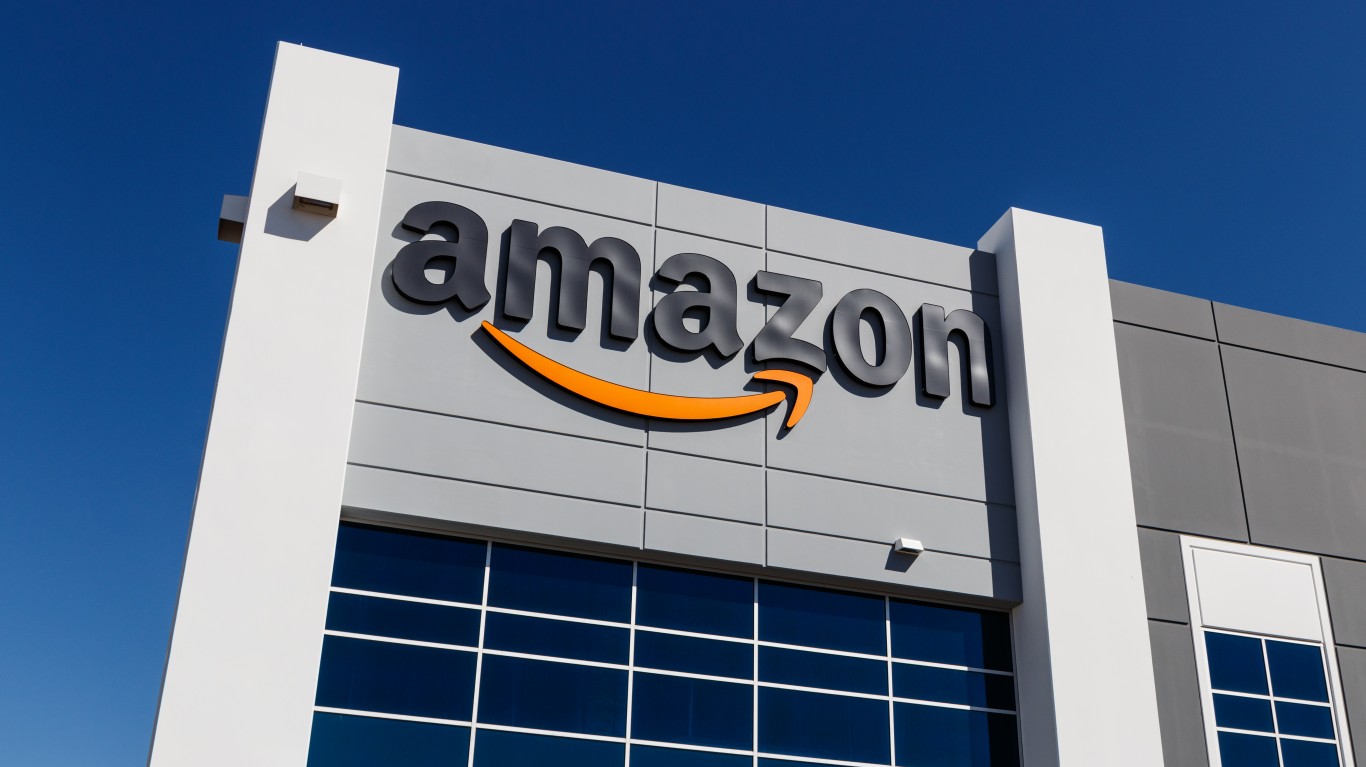
After markets closed Monday, Roblox and Tencent Music reported results that were less than hoped for. In Tencent Music’s case, much less.
Home Depot, Sea and Walmart reported results Tuesday morning that were disappointing, encouraging, and just okay, respectively.
We have already previewed four reports set for release first thing Wednesday morning: Analog Devices, Lowe’s, Target and TJX.
Here is a look at four companies reporting after markets close on Wednesday.
Bath & Body Works
Earlier this month, the company formerly known as L Brands spun off its Victoria’s Secret business into a separate company and renamed itself Bath & Body Works Inc. (NYSE: BBWI). Over the past 12 months, L Brands/Bath & Body Works stock has jumped by almost 180%. Since the spin-off, the company’s stock is down about 6%. The company operates about 1,750 company-owned locations and 300 franchised locations worldwide under brand names Bath & Body Works, White Barn, C.O. Bigelow and others.
Of 21 surveyed analysts covering the firm, 14 have given the stock a Buy or Strong Buy rating, and the other seven rate the shares a Hold. At the recent trading price of around $59.50, the upside potential based on a median price target of $79 is almost 33%. Using the high price target of $100, the upside potential is 68%.
The company’s fiscal second quarter ended in July, and the reported results will include pre-spin-off data. Analysts forecast revenue growth of 12.7% sequentially to $3.41 billion. The year-over-year increase rings in at 47%. Analysts expect adjusted earnings per share (EPS) of $1.16, down about 7.3% sequentially and up 360% year over year. For the full fiscal year ending in January of 2022, analysts currently estimate EPS growth of 13.3% to $3.92 and a sales decline (due to the spin-off) of around 37% to $7.52 billion.
Bath & Body Works stock trades at 15.4 times expected 2022 earnings, 14.9 times estimated 2023 earnings and 13.9 times estimated 2024 earnings. The stock’s 52-week range is $22.16 to $66.29, and the company pays an annual dividend of $0.60, half of which will be paid this year, for a yield of 0.48%.
Cisco
Dow Jones industrial average component Cisco Systems Inc. (NASDAQ: CSCO) has added more than 35% to its share price over the past 12 months, including a 27% increase this year alone. The networking giant recently has pinned its hopes for growth on its ability to raise prices as its own costs rise. This ability is expected to boost both the top and bottom lines and help the company reinvigorate its war chest as it continues to seek opportunities for subscription revenue and not just selling routers and switches.
Analysts remain mostly bullish on the stock, with 15 of 28 brokerages giving the stock a Buy or Strong Buy rating and all the rest with a Hold rating. At a trading price of around $55.80, the upside potential is only about 1.3%, based on a median price target of $56.50. At the high price target of $65, the upside potential on Cisco stock is 15%.
For Cisco’s fourth quarter of fiscal 2021, analysts are forecasting revenue of $13.04 billion, up about 1.9% sequentially and 7.3% year over year. Adjusted EPS are expected to come in at $0.83, flat sequentially and three cents higher year over year. For the full fiscal year, analysts are estimating EPS of $3.21 (flat year over year) and revenue of $49.72 billion (up less than 1%).
The stock trades at a multiple of 17.6 times expected 2021 EPS, 16.6 times estimated 2022 earnings and 15.7 times estimated 2023 earnings. Cisco’s 52-week range is $35.28 to $56.62, and the company pays an annual dividend of $1.48 (yield of 2.62%).
Nvidia
Chipmaker Nvidia Corp. (NASDAQ: NVDA) has added 240% to its share price since January of 2020. The stock has been volatile this year, with dips following on earnings reports in February and April. Share prices have slipped by about 3% so far this week, largely due to the market slide, but partly due to a rather cool note from Credit Suisse analyst John Pitzer who reiterated his Outperform rating on the stock but worries about lower sales to cryptocurrency miners who use Nvidia’s specialized number-crunching chips to speed up their mining activities.
Analysts remain bullish on the stock though, with 34 of 41 brokerages rating the stock a Buy or Strong Buy. Another five rate the shares at Hold. At a trading price of around $194.40, the upside potential based on a median price target of $212.50 is about 9.3%. At the high target of $250, the upside potential is more than 28%.
For Nvidia’s fiscal second quarter, which ended in July, analysts expect revenue of $6.34 billion, up 12% sequentially and nearly 64% year over year. Adjusted EPS are forecast to rise by about 11% sequentially to $1.02, a gain of 90% year over year. For the fully 2022 fiscal year, analysts currently estimate EPS of $3.95, up 58%, and revenue of $24.93 billion, or nearly a 50% gain.
Nvidia stock trades at 51.1 times expected 2022 EPS, 46.3 times estimated 2023 earnings and 40.1 times estimated 2024 EPS. The stock’s 52-week range is $115.67 to $208.75. Nvidia pays an annual dividend of $0.16 (yield of 0.08%).
Robinhood
Less than a month after its initial public offering, Robinhood Markets Inc. (NASDAQ: HOOD) is set to report second-quarter 2021 earnings before the ink is even dry on stock certificates. The 40-day quiet period following the IPO does not end until early September, and that’s when we’ll get ratings from the IPO’s underwriters and many other analysts. Wednesday’s release has no real precedent but can offer a baseline from which to look ahead.
Just three brokerages have weighed in on the stock so far. One rates the stock a Peer Perform and the other two have the equivalent of Buy ratings. The median price target is $51.68. With the stock trading at about $47.20, the upside potential is about 9.5%.
Robinhood is expected to report quarterly revenue of $559.55 million and an adjusted loss per share of $0.26. For the full fiscal year, the adjusted loss per share is forecast to come in at $1.40 and revenue is expected to total $2.19 billion. The current estimates for revenue growth in each of the next two years is 22.6% in 2022 and 21.5% in 2023.
Robinhood stock trades at 364.3 times estimated 2023 EPS of $0.50. Its post-IPO range is $33.25 to $85.00, and Robinhood does not pay a dividend.
Travel Cards Are Getting Too Good To Ignore (sponsored)
Credit card companies are pulling out all the stops, with the issuers are offering insane travel rewards and perks.
We’re talking huge sign-up bonuses, points on every purchase, and benefits like lounge access, travel credits, and free hotel nights. For travelers, these rewards can add up to thousands of dollars in flights, upgrades, and luxury experiences every year.
It’s like getting paid to travel — and it’s available to qualified borrowers who know where to look.
We’ve rounded up some of the best travel credit cards on the market. Click here to see the list. Don’t miss these offers — they won’t be this good forever.
Thank you for reading! Have some feedback for us?
Contact the 24/7 Wall St. editorial team.

 24/7 Wall St.
24/7 Wall St.



